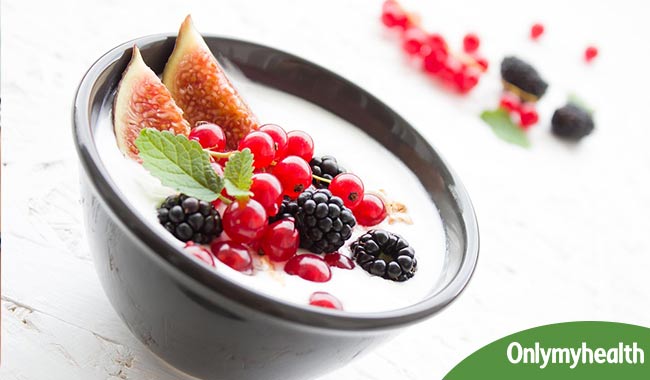
Foods with low glycemic index can keep your blood sugar levels in control and help your body metabolise fat more efficiently. Glycemic Index or GI evaluates the effect of a particular food on your blood glucose levels after you eat it. All the foods on the GI are measured against a standard rating of pure glucose, which is 100.
Table of Content:-
Depending on their effects on blood levels in the body, all other foods are measured on a scale of 0 to 100. Ideally, for a food to be categorised in the low glycemic list should have a GI of 50 or less. Such foods are wholegrain chapattis or bread, legumes, barley, beans, non-starchy vegetables, apples, pears, citrus fruits, meat, fish, and eggs.

Health Benefits of Low Glycemic Foods
There are various health benefits of low GI foods and we should aim at modifying our food choices to ensure a diet that is low in glycemic index. Not only can it help you to live heart healthy, it may reduce the risk of developing diabetes and metabolic syndrome, which can increase your risk of having a heart attack or suffering a stroke.
Low Glycemic Diet for Controlling Diabetes
It turns out that the glycemic index was actually designed for people with diabetes to help them manage their sugar levels better. Though it is not exactly clear how the condition is caused, we experts know that the metabolic syndrome itself can be triggered by a relative insulin resistance. This can lead to type 2 diabetes, elevated lipids or triglycerides, high blood pressure levels and elaborated waist circumference.
When you eat foods that have a low GI, they help you cut cravings and urges by limiting highs in your blood glucose which in turn triggers the release of insulin, which ultimately causes fat storage in body and weight gain.
Low GI foods will not let your blood sugar rise rapidly. Especially, low glycemic index carbs produce a slight rise in blood sugar, and the fibre in these foods helps you feel satiated longer. Even the American Diabetes Association acknowledges that low-glycemic foods that are also high in fibre and a good source of nutrients can be part of an overall healthy diet.
Low Glycemic Diet for Weight Management
One tool that can effectively be used for an overall weight-control and healthy-eating purposes is glycaemic index. All traditional and modern weight-loss programs, after bragging about their efficacy to help you shed kilos, come down to the ultimate truth- eating fewer calories.
But, there is more to weight loss than just counting calories and that is the way your body is digesting and metabolising the foods. This puts a large impact on your body weight and how you feel after eating. And this is where foods low on glycaemic index play their role.

You should incorporate a diet of selected low-GI foods or balancing out a high-glycemic food choice with a low-glycemic one. There is no one right way or a black-and-white approach to do so. Just use the information in the glycemic index list to add additional healthy benefits to your food choices.
Roasted and salted peanuts, low-fat yogurt, cherries, grapefruit, pearl barley, red lentils, whole milk, dried apricots, butter beans, fruits, vegetables, and all bran are some examples of low-glycemic foods. Medium-glycemic foods are muesli, boiled potatoes, pita bread, basmati rice, honey, digestive biscuits, shredded wheat, and whole meal bread.
You can add all these choices to your eating plan to take charge of your diabetes and weight gain, but you'll also need to watch your portion sizes, especially with the medium-glycaemic food options.
Read more articles on Diet & Nutrition.
For more related articles, download OnlymyHealth app.
How we keep this article up to date:
We work with experts and keep a close eye on the latest in health and wellness. Whenever there is a new research or helpful information, we update our articles with accurate and useful advice.
Current Version